This is the way that I use most often while making zucchini noodles.
Discover how to make a delectable pasta meal with easy sauce for zucchini noodles, garlic, tomatoes, basil, and Parmesan cheese in just twenty minutes by following this easy step-by-step cooking tutorial.
Vegan, low-carb, and friendly to those on the ketogenic diet!
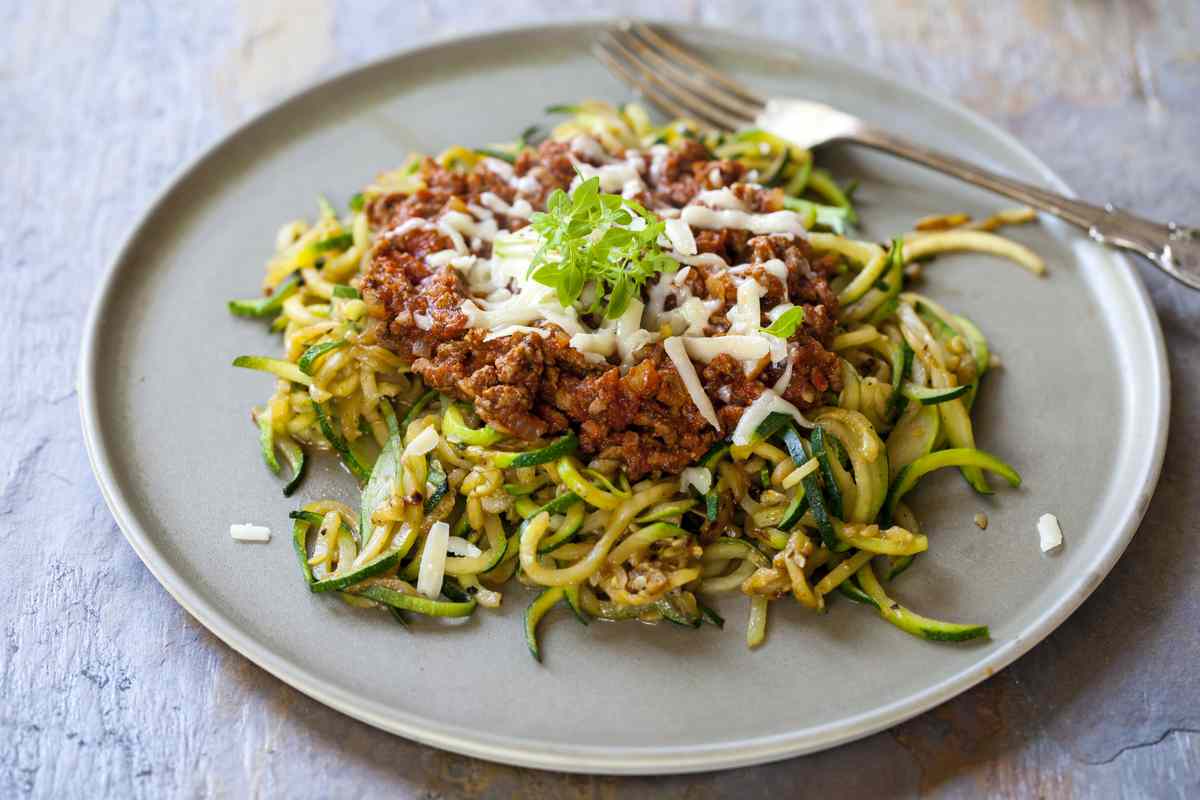
This zoodles meal is incredibly easy to make and it tastes amazing. Garlic, cucumbers, tomatoes, basil, and parmesan are all examples of fresh ingredients. Why that’s the most delicious morsel of all!
The preparation just takes twenty minutes, and it is the alternative that is both the tastiest and the healthiest that you can create. This is an easy and quick meal to prepare.
It is also possible to modify it so that it meets your requirements. We like it when the noodles are made completely of zucchini (a vegetable that is used to create spaghetti), but for a chewier texture, you can also use a mix of zucchini and traditional spaghetti noodles.
Using only the freshest ingredients in this zucchini pasta recipe is essential to achieving delicious results. Tomatoes need to have a luscious texture, whereas zucchini must have a solid body.
If you can’t find fresh tomatoes that are of sufficient quality, use canned tomatoes instead.
In our home, the canned tomatoes from the San Marzano and Muir Glen brands are both considered to be some of the best options.
The most effective method for preparing zucchini noodles, as well as alternatives for those who do not own a spiralizer
The vegetable strands known as zucchini noodles, which are often referred to as zucchini ribbons, may be prepared in a number of different ways to resemble classic spaghetti.
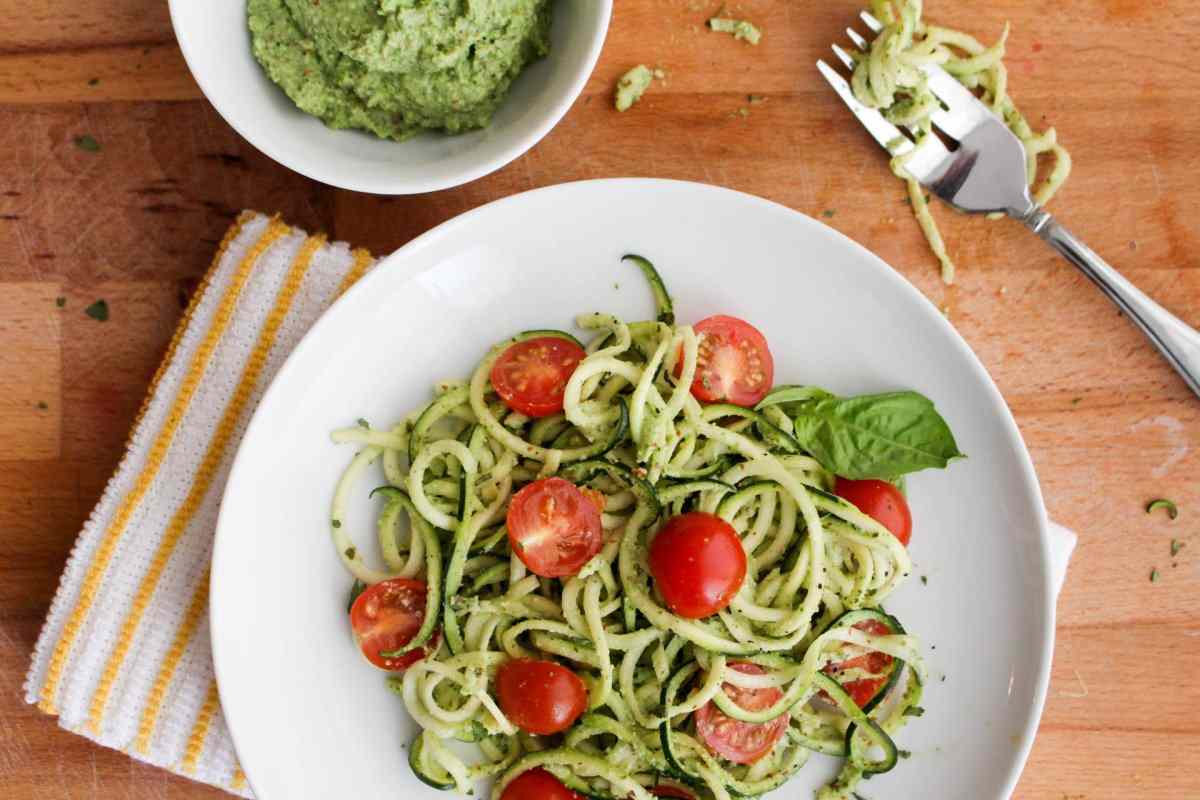
The following is one method for cooking them: Instead of chopping the zucchini into long strips by hand, you may form noodles out of it by using a spiralizer. It just takes a few minutes to create strands that are rather long and wavy.
A spiralizer is one of the most useful gadgets that you can purchase for your kitchen. Because there is no need for a spiral, this is not a problem.
Vegetable julienne peelers may also be used. These may be purchased for a sum of money that is lower than ten dollars and are most likely already stored away in your kitchen.
Noodles are the most frequent product that can be manufactured using a mandolin slicer, however, some people have also attempted to use an ordinary vegetable peeler to make broader noodles.
At some grocery stores, you may even be able to purchase zucchini that has already been sliced.
Zoodles that have already been made may be purchased in a number of the supermarkets that I often visit, including Safeway, Trader Joe’s, and Whole Foods.
The following are some of the most important suggestions that we have for cooking zoodles in a way that prevents them from becoming soggy:
The high water content of zucchini might make it difficult to successfully cook the veggie. If you take our recommendations into account, it won’t get waterlogged while you’re preparing it.
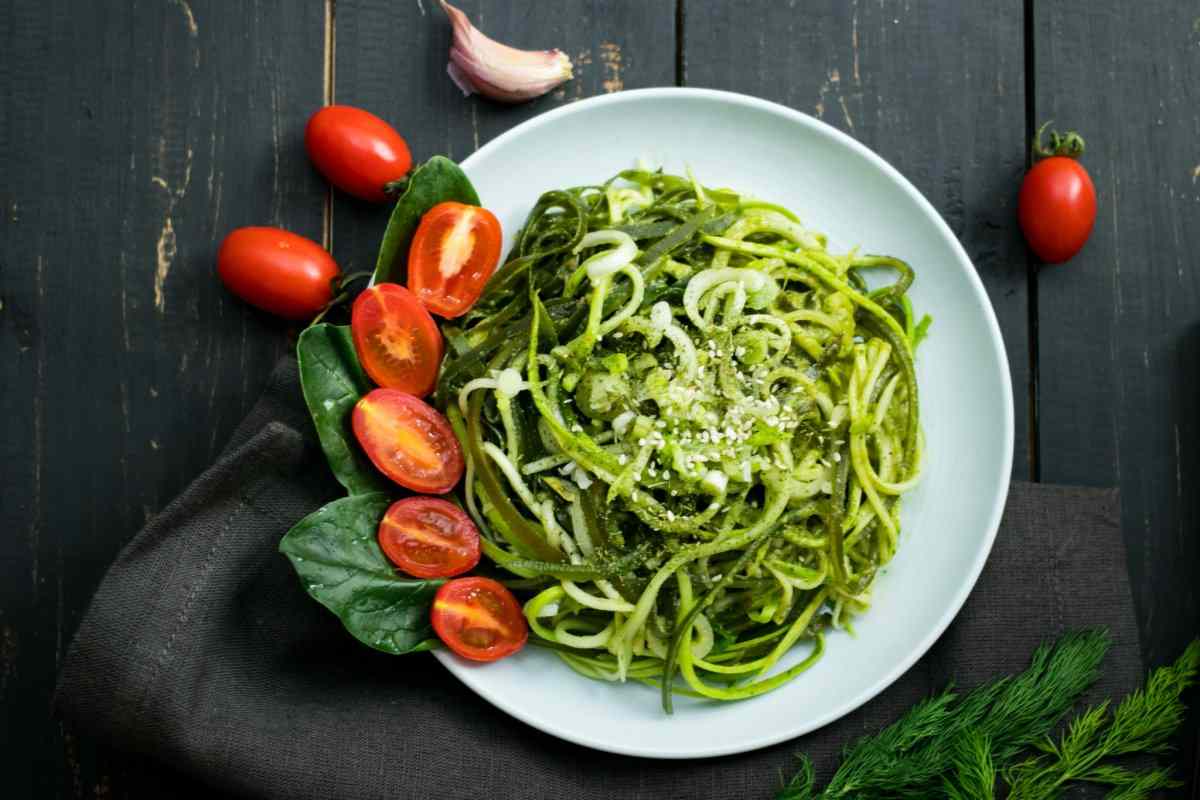
Pumpkins should not have their skins peeled off before use. In contrast to their crunchier relatives, zucchini noodles that have been peeled result in a texture that is smooth and agreeable.
If you salt the squash either before you put it in the pan to cook or while it is cooking in the pan, it will turn watery and flavorless. The cooking process and the salt work together to make the zucchini less crunchy than it would have been otherwise.
Since salt is a flavor enhancer, it is preferable to salt the sauce rather than the zucchini.
I beg of you, do not overcook! In the same manner, as you would with regular spaghetti, cook the zucchini noodles until they are just crisp enough to be eaten. They are ready to eat when they have become wilted but still retain their crispness.
Because cooking may lead zucchini to become rather watery, we made a concerted effort to remove as much of the additional moisture as we possibly could from the finished product.
However, there is still some liquid remaining in the dish that was used for serving. Absolutely not, this is a really unfortunate turn of events. This mouthwatering sauce is a product of the harmonious union of tomatoes, garlic, cheese, and olive oil.
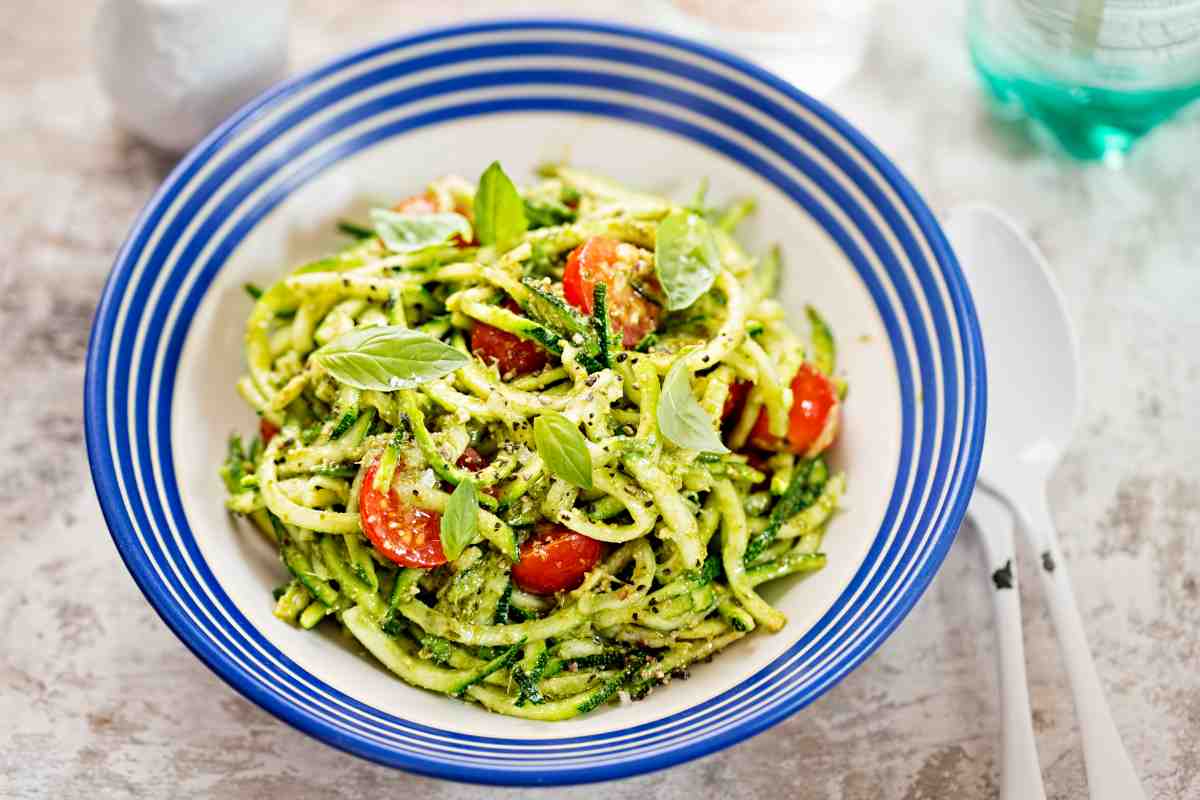
For the meal consisting of pumpkin and noodles:
Zoodle up some zucchini (see notes below to do this without a spiralizer). After that, use a spiralizer to cut the zucchini into long strands that are almost the same width as spaghetti.
Fry garlic and red pepper flakes in olive oil in a broad, deep pan.
Adjust the heat so that it is medium. When the oil that is around the garlic starts to bubble, this is the point at which the zucchini noodles should be added.
Cook the noodles in boiling water until they reach the “al dente” stage, turning them with pasta tongs regularly. They should be wilted, yet crisp, in order to provide the desired texture.
If you cook the noodles for more than 5–7 minutes, they will take on a doughy consistency. Be careful to stir the zucchini often so that each strand of the vegetable touches the bottom of the pan. This will ensure that the zucchini cooks evenly.
Put some tomatoes, basil, and Parmesan cheese into the pan, and let them cook for a few minutes.
To serve, quickly toss the noodles, tomatoes, and basil with the tongs, then proceed to serve. Keep the liquid in the pan and do not dump it out.
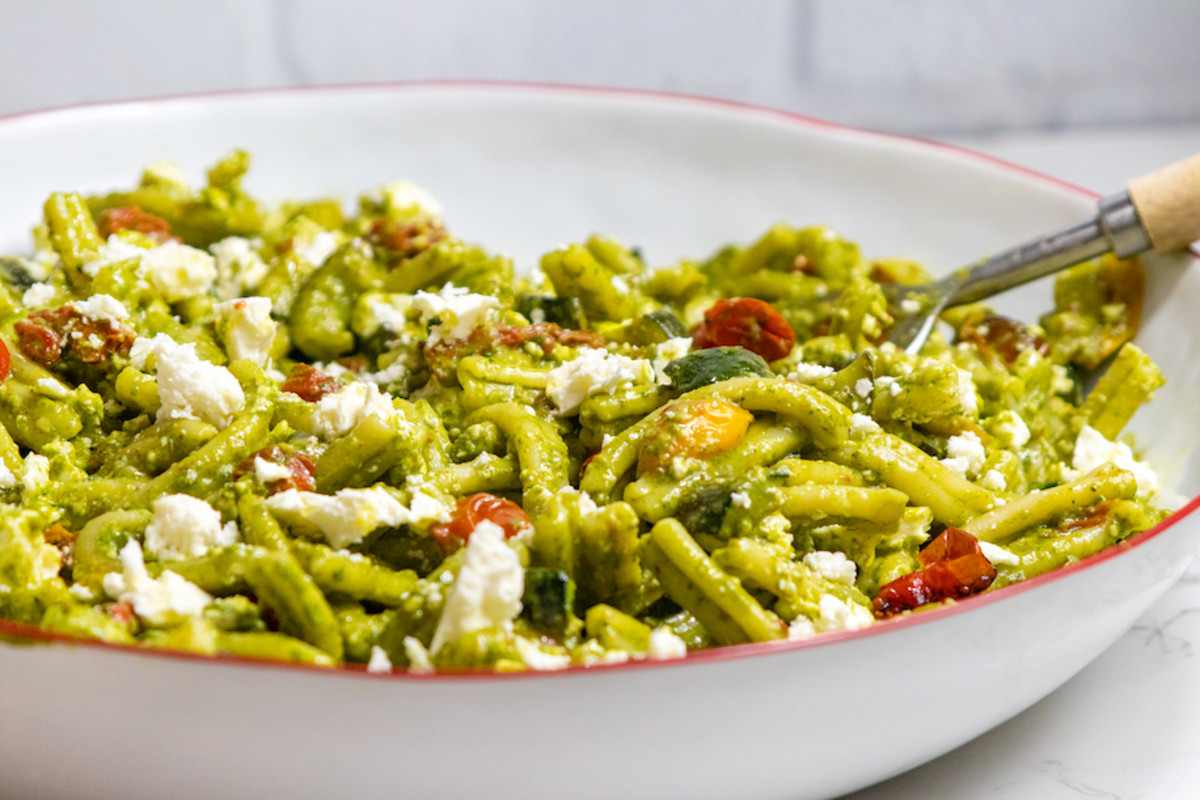
Do not bring the remaining liquid in the pan to a boil until the very end of the process. In a small dish, combine the cornstarch and the cold water. After that, add the mixture to the boiling liquid and whisk it until the consistency becomes thicker.
Keep doing the swirling motion until the liquid forms a sauce and becomes thicker. Before seasoning with salt, you need to taste the sauce for at least one minute to determine how it should be adjusted.
Apply the sauce to the tomato, squash, and basil, and stir to combine. Serve immediately after sprinkling with more Parmesan cheese.

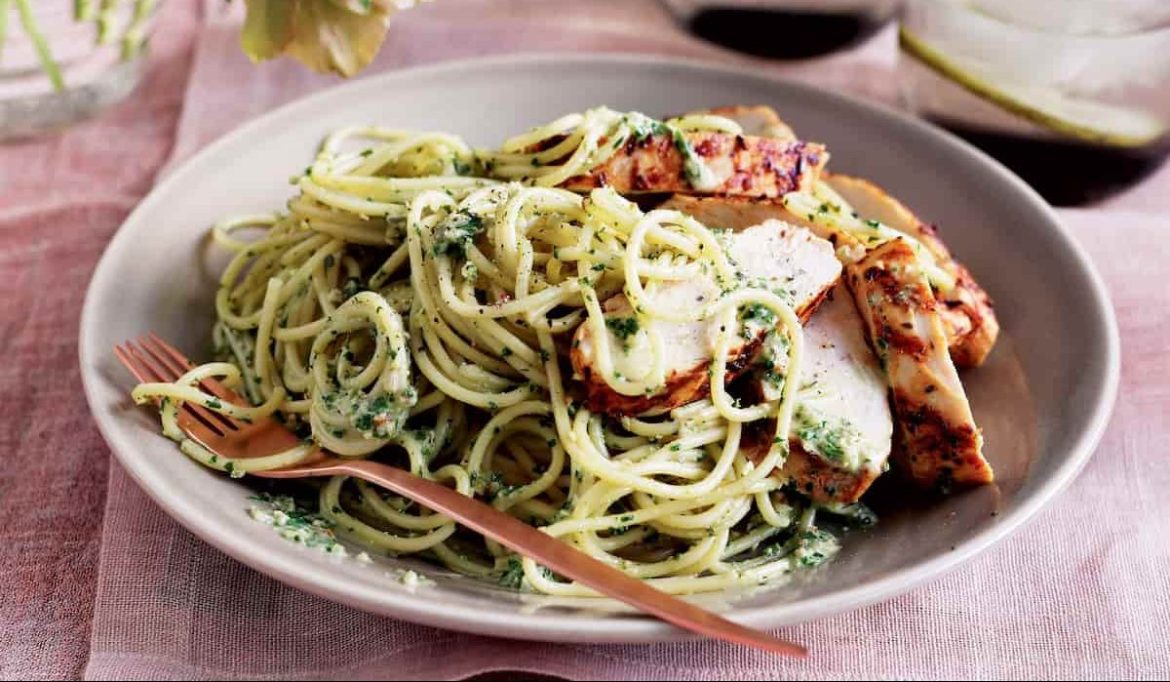
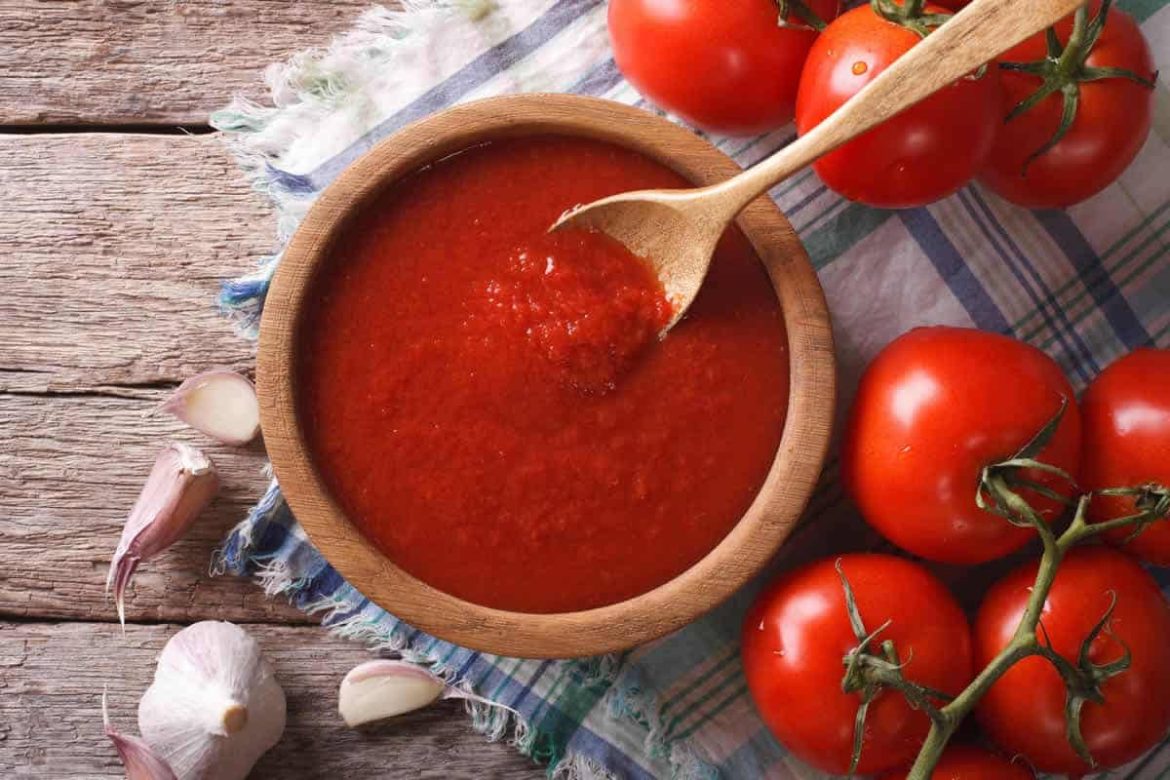
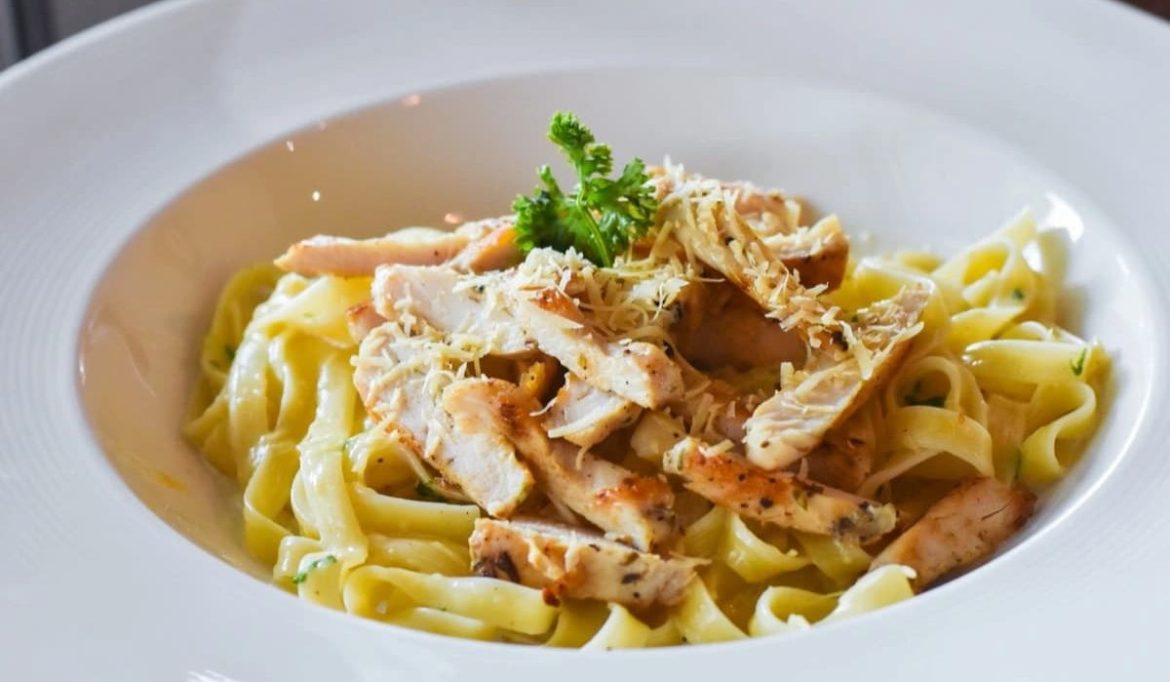
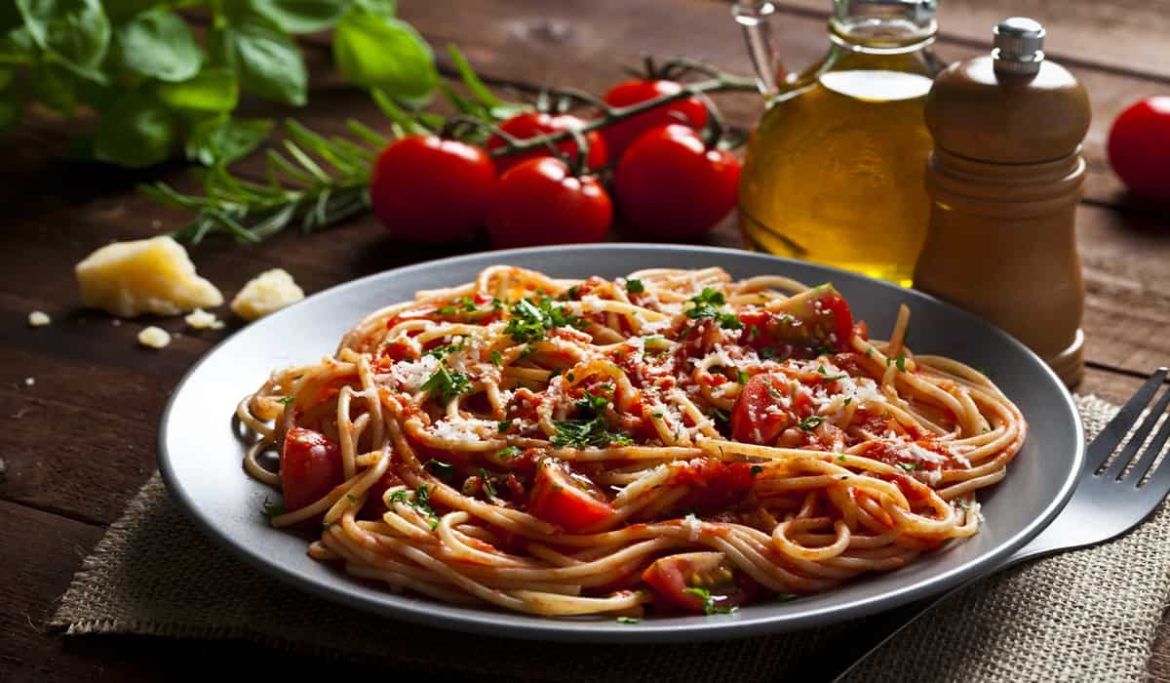
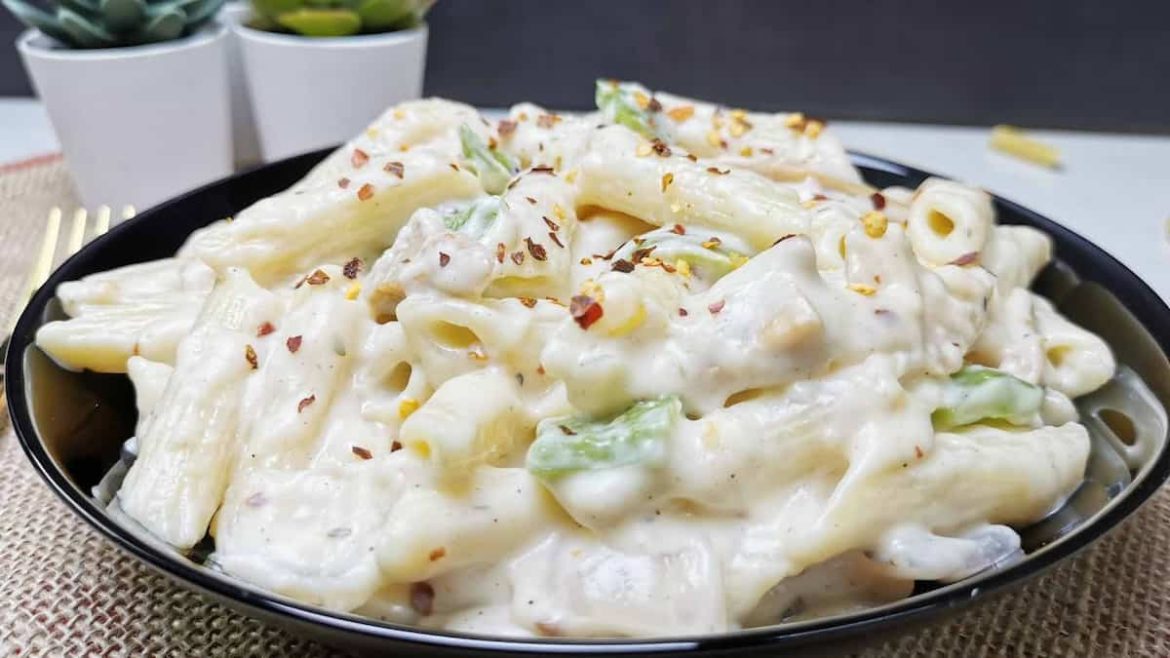
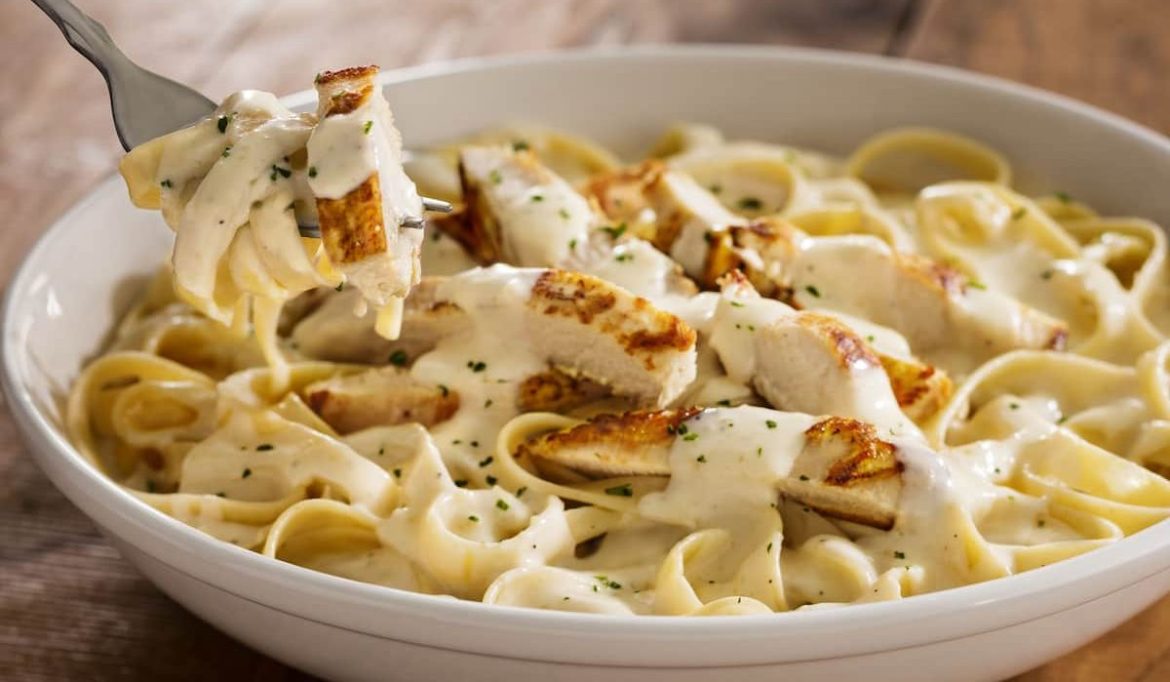
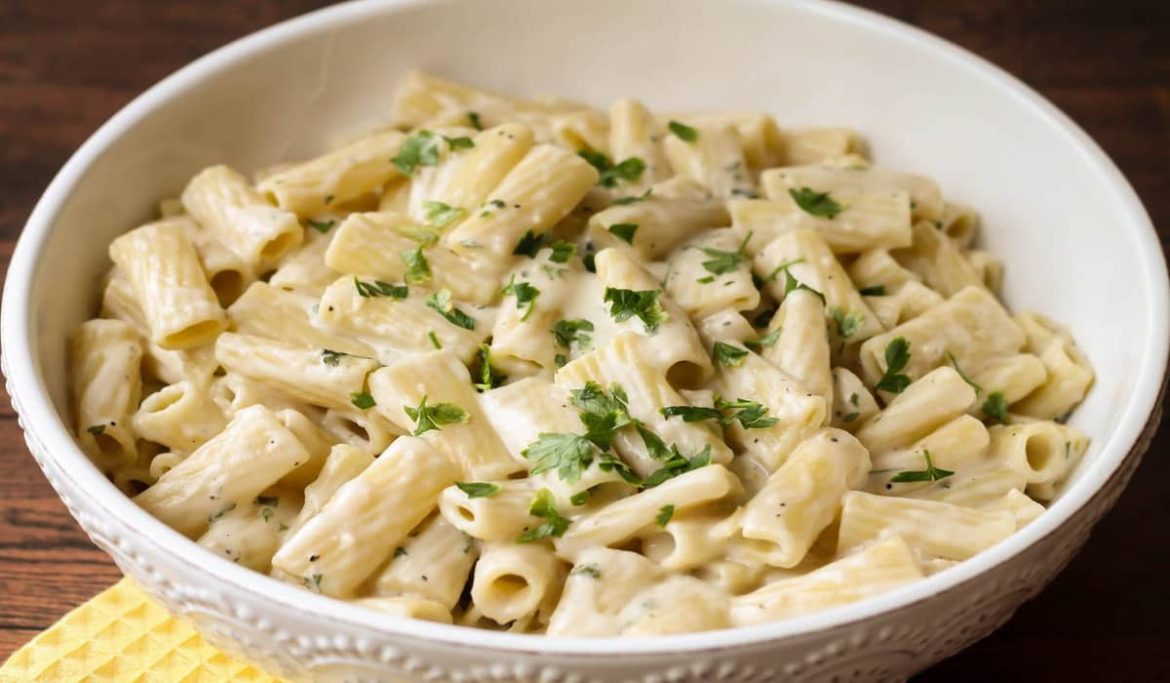
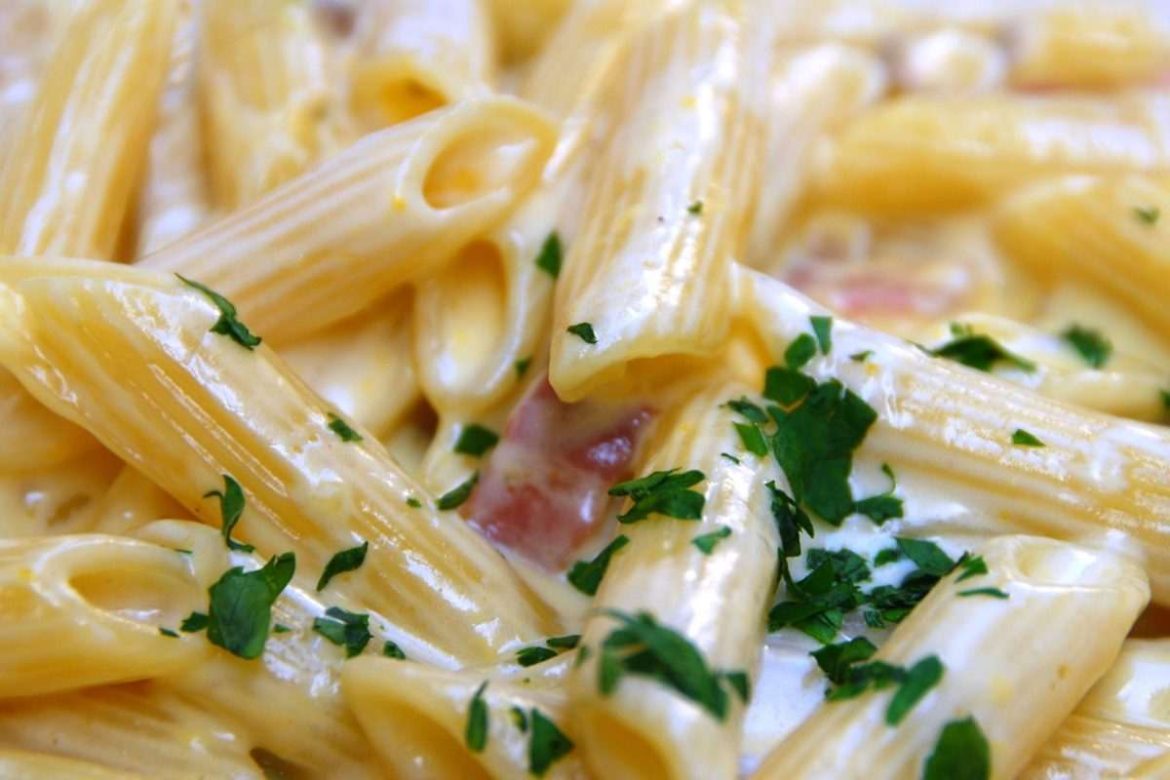
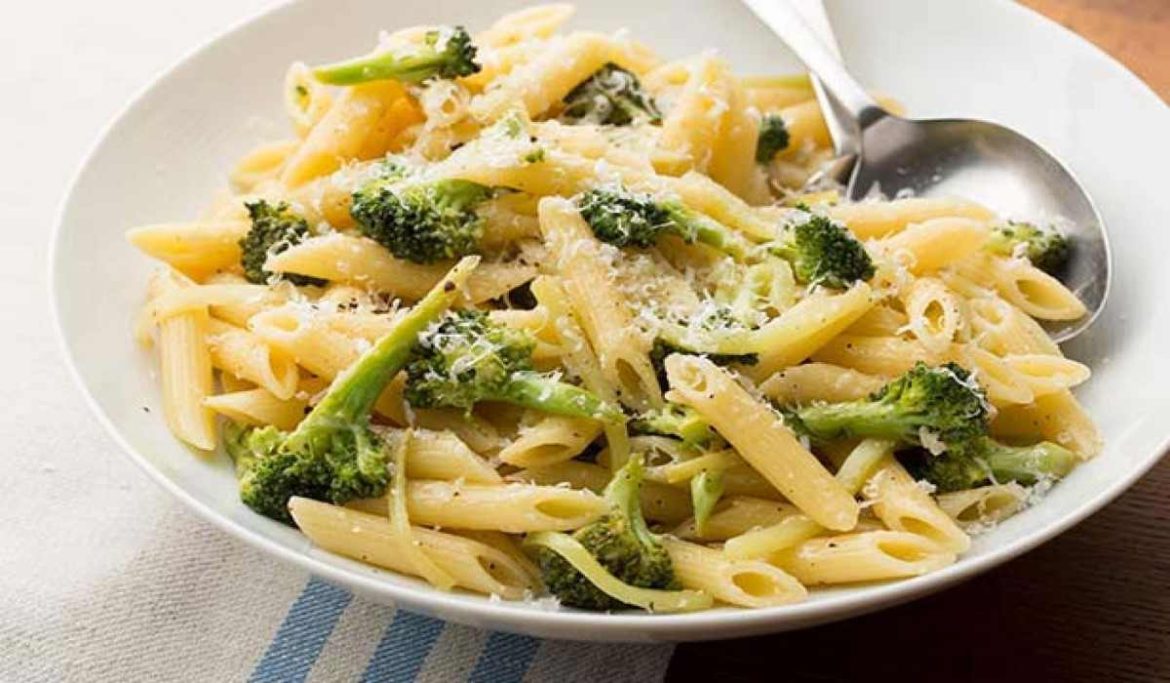
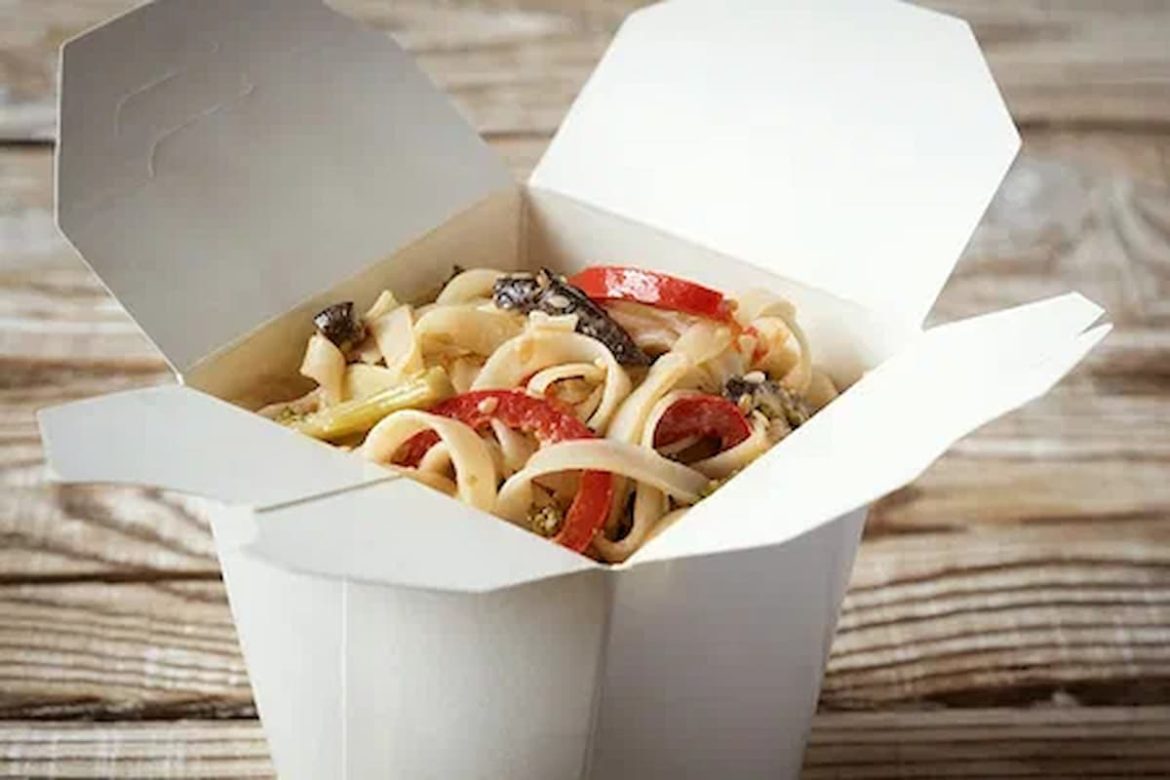
Your comment submitted.